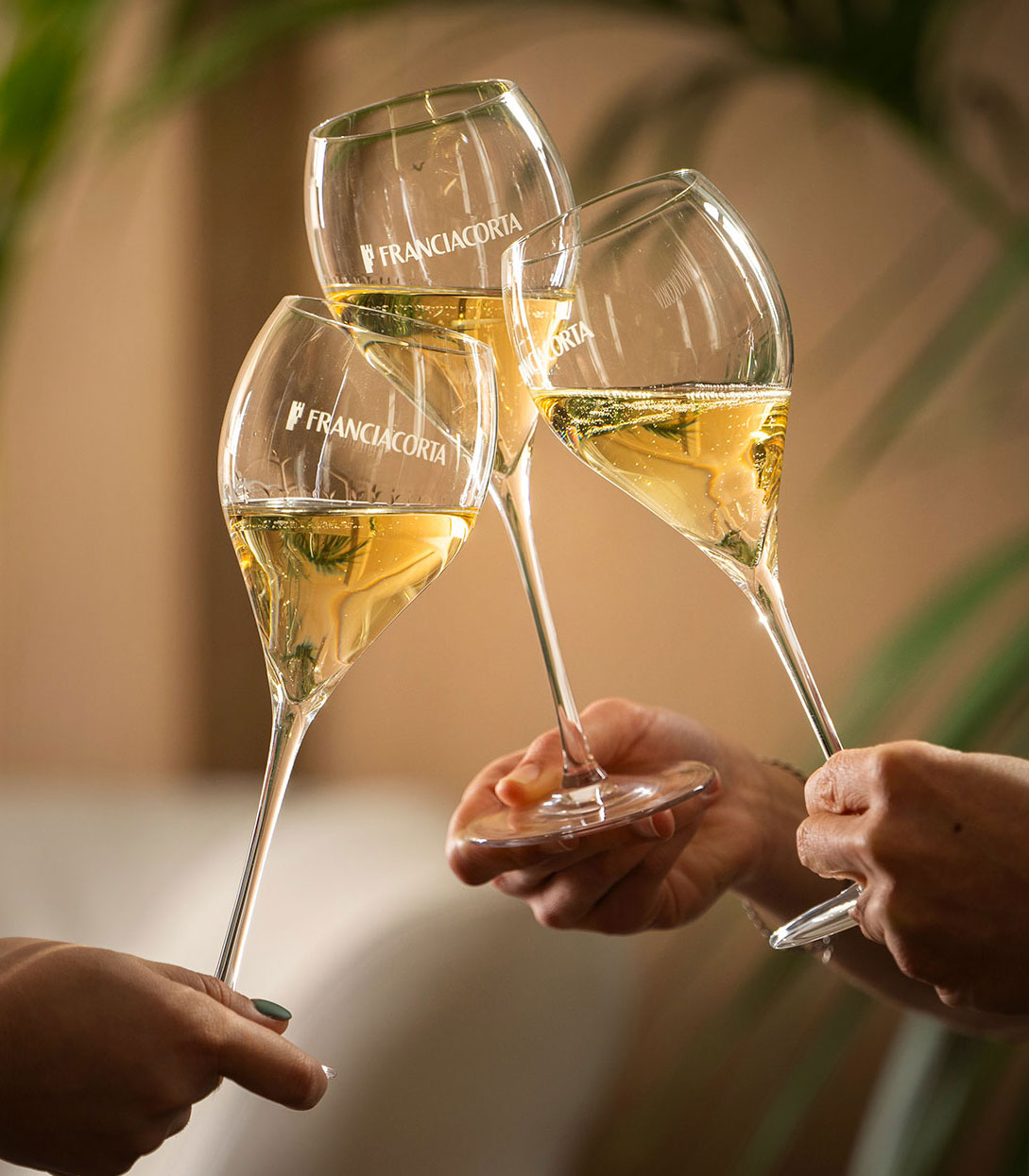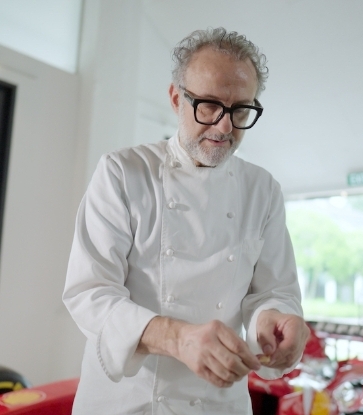Sweden’s National Day (nationaldagen) is celebrated on 6th June and honours two events: the crowning of King Gustav Vasa on 6th June 1523 and the signing of a new constitution on 6th June 1809. Although the date has great historical significance, it was only in 2005 that it was declared an official public holiday.
The origins of the day lie with Artur Hazelius, founder of the famous Skansen open-air museum in Stockholm, who used to host celebrations every year on the 6th June in the late 1800s. Following the dissolution of the union with Norway in 1905 Sweden acquired its own flag and Hazelius' idea was officially adopted in 1916, with the 6th June being declared Swedish Flag Day. In an attempt to get the Swedes more involved and encourage National pride, it was then re-designated Swedish National Day in 1983.
In a nod to the past, one of the biggest celebrations takes place at the Skansen open-air museum. The Swedish flag is raised and activities include folk dancing, flag making and historical performances. Children dress up in peasant outfits and present bouquets containing blue and yellow flowers to the King and Queen of Sweden – who arrived by carriage, also wearing traditional dress.
In more recent years, the day has also been used all across the country for hosting citizenship ceremonies and welcoming new Swedes to the country.
If you’re in Malmö on National Day head for Folkets Park. Here you’ll find a host of different activities taking place such as flag parades, readings and live music. Take a picnic and some drinks and grab a spot on the grass beside the locals.
Both picnics and BBQs are popular activities on this day but the weather in Sweden can be unpredictable at this time of year, so doesn’t always allow them to happen. If the weather in the run-up to the celebration has been good, then elderflowers may be ready to pick; if so, then a glass of bubbly and homemade fläderblomssaft (elderflower cordial) is always a hit.
Photo Credit: Jonathan Brinkhorst
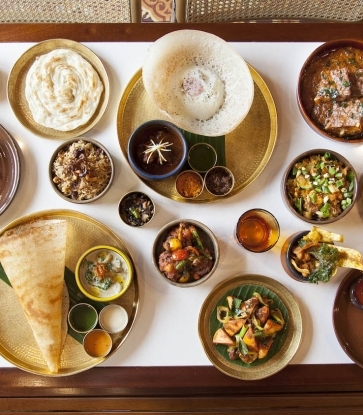
What Is The MICHELIN Bib Gourmand Award?
Since 1997, The MICHELIN Guide’s Bib Gourmand has celebrated restaurants worldwide that serve exceptional food at great value— here’s what makes it special.
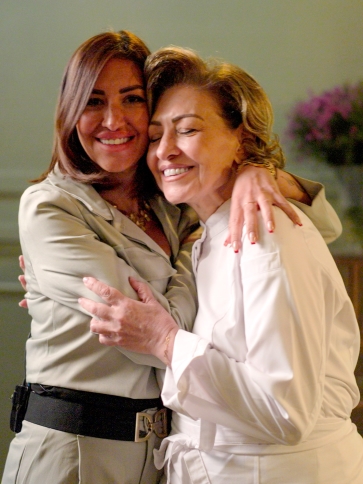
The Heart of a Nation: How Saudi Women Are Shaping the Kingdom’s Next Culinary Chapter
From leading a family to leading a team, here’s a glimpse into Saudi women’s evolution in the kitchen and beyond.
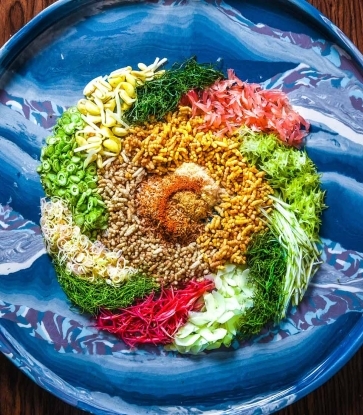
What is a MICHELIN Star?
The MICHELIN Guide explained — criteria for Stars; One Star versus Two Stars versus Three Stars; how service and decor factor in; and more. All your questions answered by our MICHELIN Guide Inspectors.



